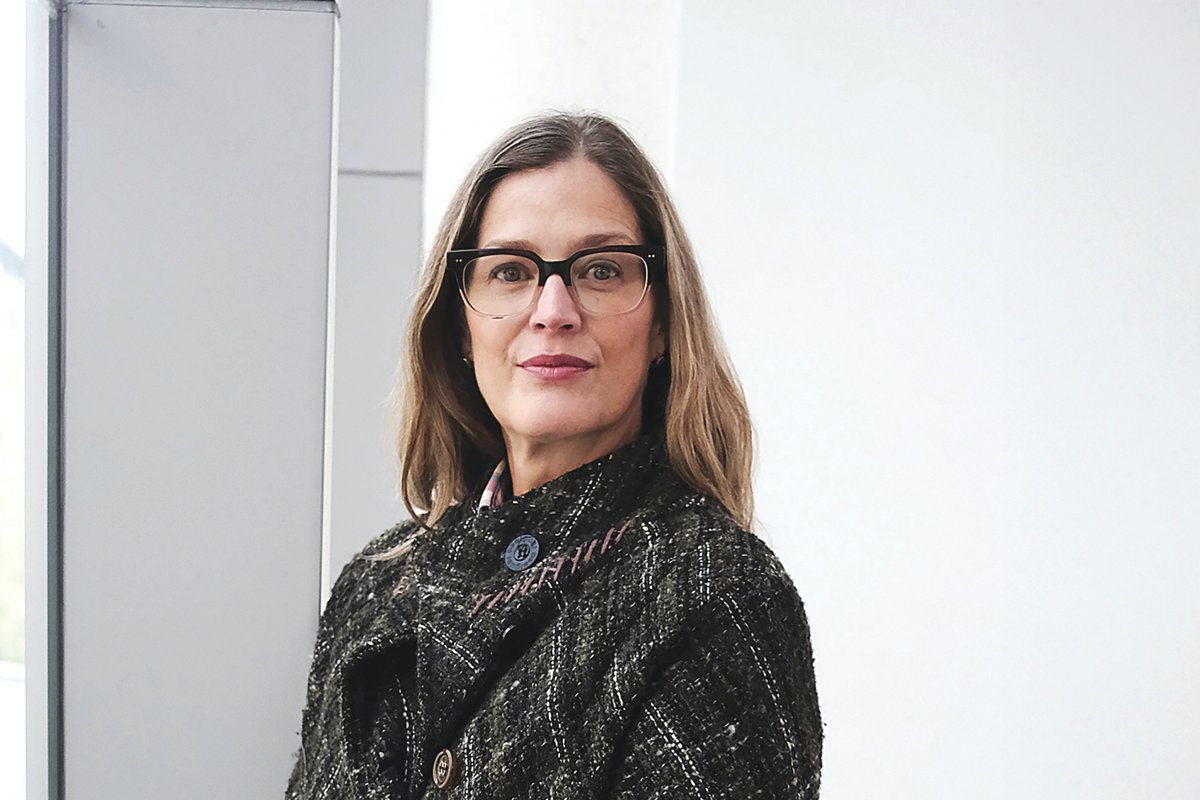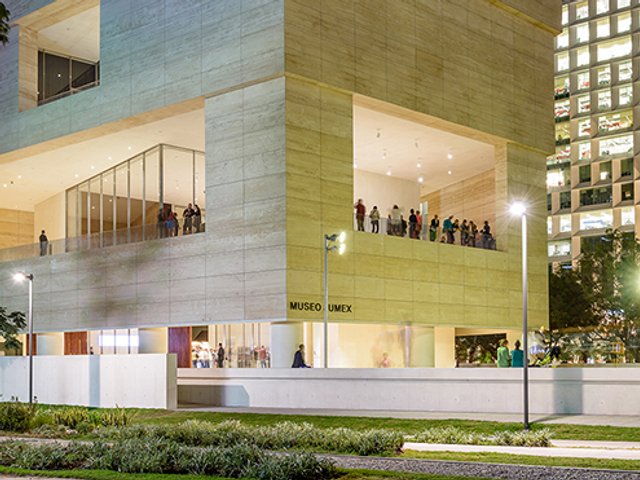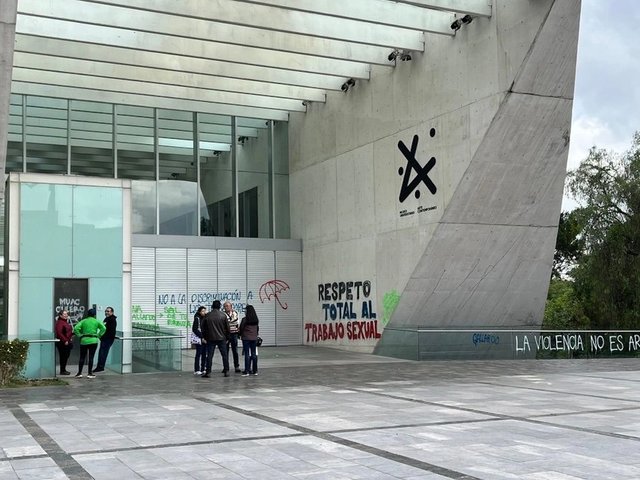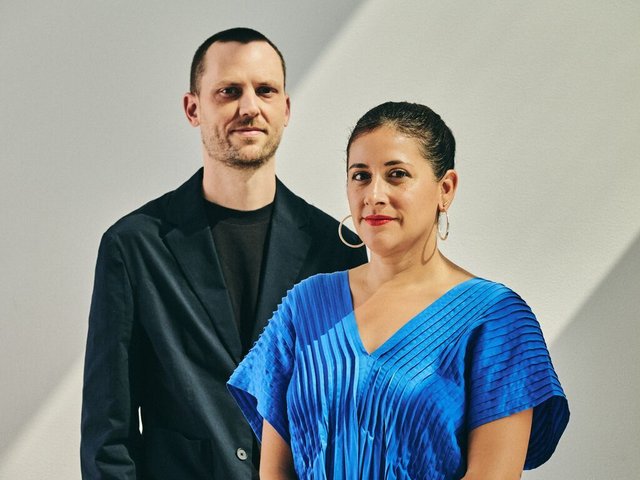Just 16 years ago, the Museo Universitario Arte Contemporáneo (Muac) opened its doors to the public on the sprawling campus of Mexico’s storied national university, the Universidad Nacional Autónoma de México (Unam). In that short span, it has become a revered public institution in the full sense of the word: a leader in the display and conservation of contemporary art, a required destination for visitors and a recognised authority among its peer institutions in Mexico City.
For 11 of those years, Muac’s curatorial line has been defined and embodied by Cuauhtémoc Medina, arguably Mexico’s star curator. In October 2024, Medina announced he was stepping down from his role as chief curator and handing the reins to Lucía Sanromán, the director of Laboratorio Arte Alameda, one of Mexico’s smaller federal museums. A citizen of Mexico and Canada, Sanromán is stepping into a role of immense visibility for which she seems ideally suited. “In these times, the leading spaces dedicated to creative activity should move you from your centre,” she tells The Art Newspaper.
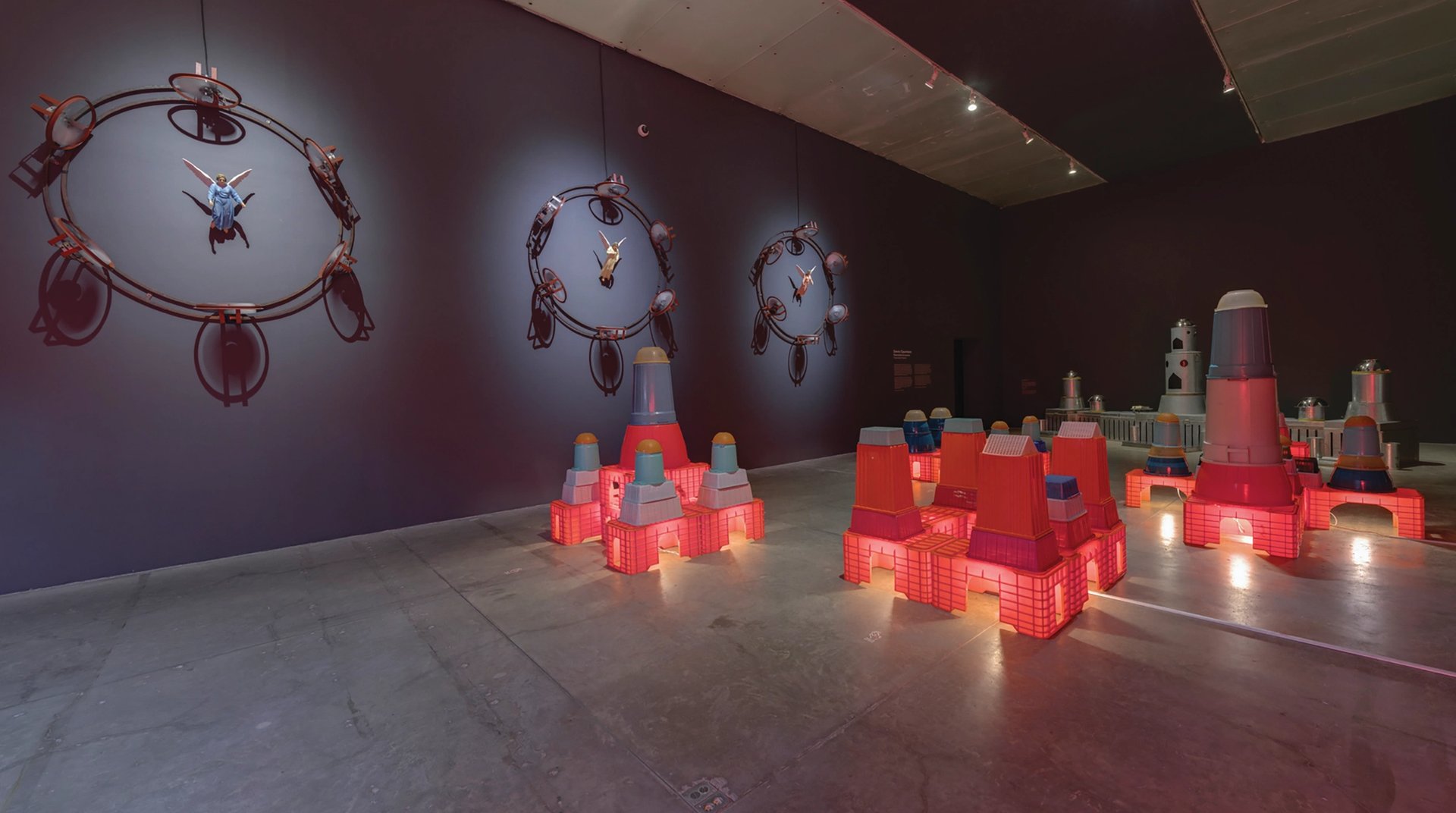
Current exhibitions at Muac include the Dennis Oppenheim show Genealogies and Dissidences (until 6 April) Courtesy of MUAC
Sanromán has had a unique career path among curators in Mexico, many of whom have built their reputations in the capital. Not so for Sanromán, whose first curatorial role after graduating from the University of Victoria in Canada in 2003 was at the San Diego Museum of Art, assisting the contemporary art curator Betti-Sue Hertz, who is now the director and chief curator of the Wallach Art Gallery at Columbia University in New York.
North American connections
“She is very sensitive to difference. Really bright, very strong; she has a politics,” Hertz says of Sanromán, who had settled in Tijuana and was crossing the border every day to go to work in San Diego. “Neither of us was from that region, but we were asking, ‘What can we do from this particular location?’” Soon, Sanromán was appointed curator at the Museum of Contemporary Art San Diego, and her career took off.
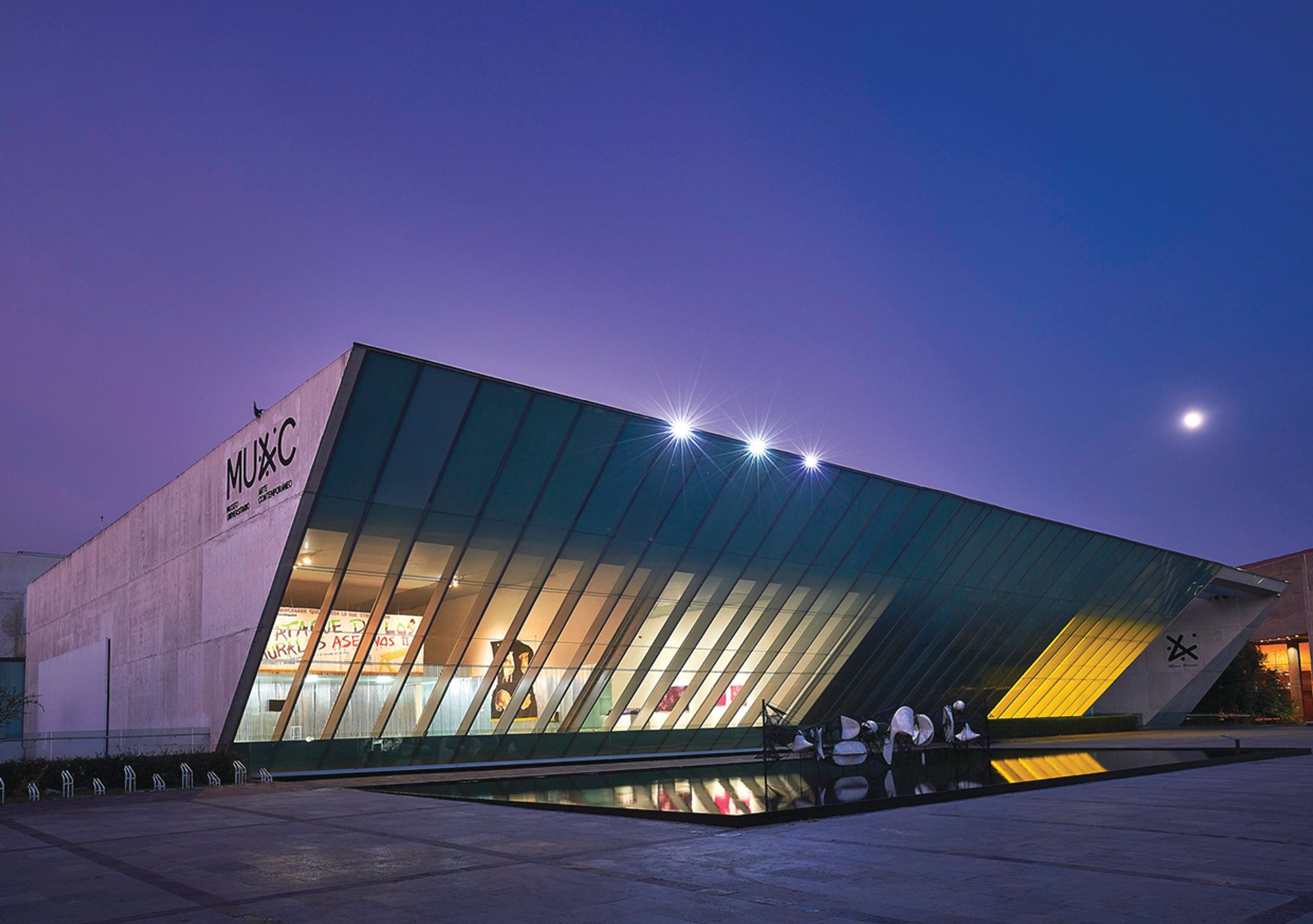
Muac, which opened in 2008, is situated on the campus of the Universidad Nacional Autónoma de México Photo: © Oliver Santana; Courtesy of MUAC
Those years in Tijuana and San Diego were crucial in shaping Sanromán’s interest in political and social art practices, and her capacity for connecting Canadian, US and Mexican artists and institutions. “She’s like Nafta,” says the artist Marcos Ramírez ERRE, referring to the North American Free Trade Agreement. ERRE founded the artist-run space Estación Tijuana, where Sanromán and her husband, the Peruvian architect and exhibition designer Giacomo Castagnola, had a residency.
“Tijuana socialised my art in a vital way,” Sanromán says, adding that it was where she forged her closest friendships and the moment when she started thinking about art as a way of questioning social inequalities and asymmetries.
In the 2010s she continued making a name for herself in the California art scene while participating in exchanges with her friends and colleagues in Mexico, curating shows for artists like Suzanne Lacy, Tania Bruguera (which travelled to Muac in 2018) and the international art collective Futurefarmers at San Francisco’s Yerba Buena Center for the Arts.
When Andrés Manuel López Obrador was elected Mexico’s president in 2018, Sanromán threw her hat in the ring for one of the federal museum directorships of the Instituto Nacional de Bellas Artes y Literatura and was chosen to lead Laboratorio Arte Alameda. By the time she arrived on the buzzy Mexico City arts scene, she had a formidable curatorial résumé, more than 15 years’ experience and a Rolodex to put her metropolitan peers to shame.
From the periphery to the centre
This career trajectory away from the centre is one of Sanromán’s greatest assets. “Most of our exhibitions travel or are co-produced,” Medina says, “but it’s been very hard to do that work with American institutions.” Building and maintaining partnerships with other museums is crucial to Muac’s profile as a world-class institution, as it lacks the endowments and numerous corporate sponsors of peer institutions in the US. “We are interested in expanding our collaborative network,” says Tatiana Cuevas, Muac’s director.
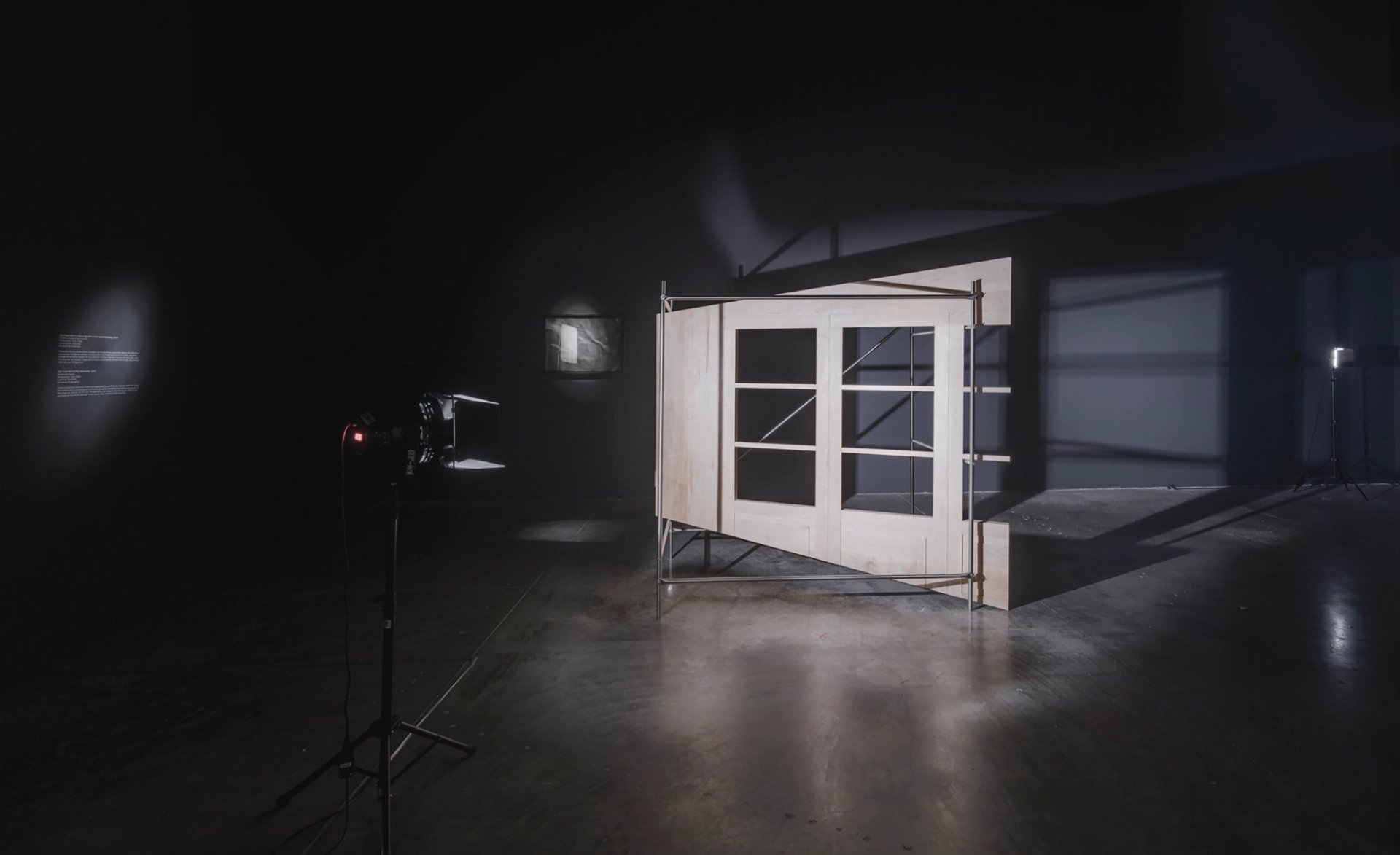
In The Uninvited (until 23 February), Fabiola Torres-Alzaga’s Muac show, the artist draws on queer theory and sexual dissidence in order to explore the socio-political impact of “spaces of invisibility” in the act of seeing Courtesy of Muac
Before Cuevas and Sanromán can set their sights on such goals, they need to address Muac’s fractured relationship with its local community. The museum was recently subject to vandalism and online vitriol over an exhibition that activists claimed re-victimised elderly sex workers living in a local care home.
These are tough times. Institutions are very afraid they can be cancelledAndrea Bowers, artist
“The Muac is one of the most complex art institutions in the country,” says Felipe Zúñiga, an art educator and friend of Sanromán’s. “It’s hydra-headed.” This is in great part due to Unam’s enormous influence on politics and public life in Mexico, unrivalled among other institutions of higher learning. While Sanromán and Cuevas are eager to engage the university, neither of them knows the institution especially well and face a steep learning curve; home to more than 250,000 students as well as powerful labour unions, Unam is a colossus whose budget last year was 55.96bn pesos ($2.79bn). None of Sanromán’s friends or former colleagues doubts she is up to the task. “She has fortitude,” says the artist Andrea Bowers. “These are tough times. Institutions are very afraid they can be cancelled.”
When asked how Muac can heal its relationship with the public, Sanromán is unequivocal. “I’d like us to think intuitively, and for the museum to be a little more dynamic,” she says. “We need to relinquish some space. We need to make and give space.” The first step in that direction will be a series of public talks addressing the museum’s recent missteps, scheduled for early this year, providing an opportunity “to fine-tune the role of art in a crisis”.
Sanromán seems eager for the work this entails, and for the forthcoming exhibition programme, which includes an important historiographical review of Los Grupos—the seminal art collectives working in Mexico City in the 1970s and 1980s—and a show with the Colombian artist Delcy Morelos.
Lucía understands the transformative potential of art at the social and political levelAgustín Pérez Rubio, curator
Sanromán “is always alert to the most sensitive current events”, says the Spanish curator Agustín Pérez Rubio, with whom she co-curated a section of the ArcoMadrid fair in 2020. “Lucía understands the transformative potential of art at the social and political level.”


